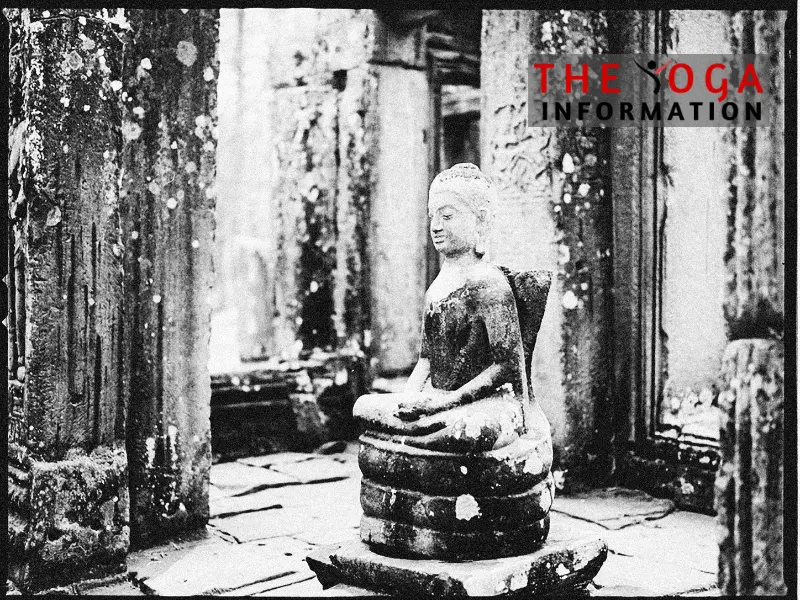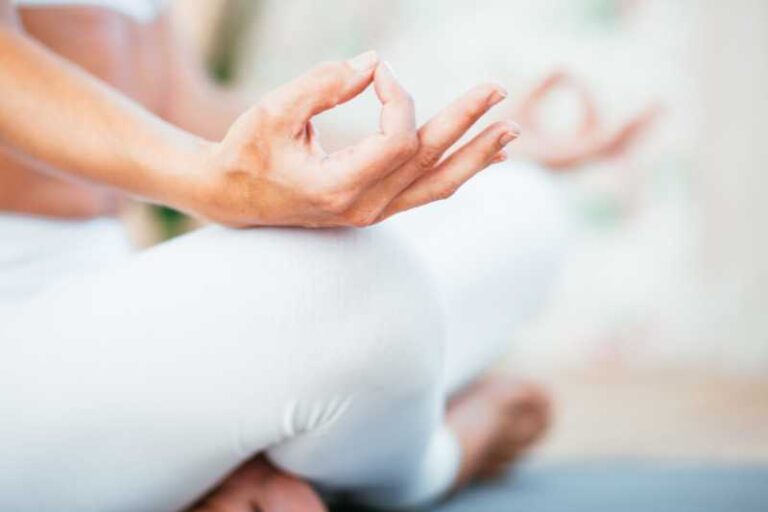Understanding the ancient history of yoga practice is crucial as it provides deep insights into the origins, evolution, and philosophical underpinnings of this timeless discipline.
By exploring yoga’s beginnings in the Indus Valley Civilization, its development through the Vedic and Upanishadic periods, and its systematization in the Yoga Sutras of Patanjali, we gain a comprehensive perspective on how yoga has shaped and been shaped by cultural, spiritual, and social contexts.
This historical knowledge enriches our modern practice, connecting us to the profound wisdom and holistic principles that have guided practitioners for millennia, fostering a greater appreciation and respect for yoga’s transformative power.
Origins in the Indus Valley Civilization
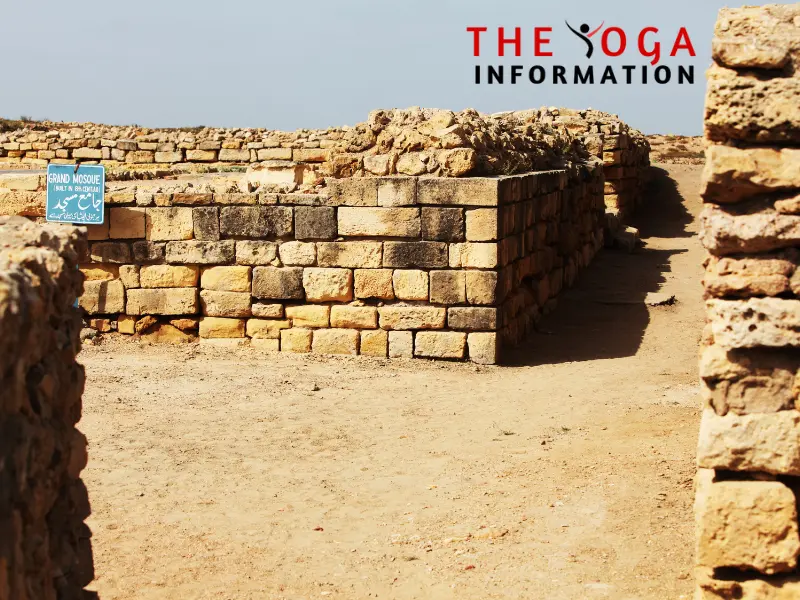
The origins of yoga can be traced back over 5,000 years to the Indus Valley Civilization, one of the earliest urban cultures in human history. Archaeological discoveries, including seals and artifacts depicting figures in meditative postures, suggest that yoga was practiced in some form as early as 3000 BCE.
These artifacts indicate that the people of the Indus Valley may have engaged in proto-yogic rituals, laying the groundwork for the development of more structured yoga practices.
Vedic Period
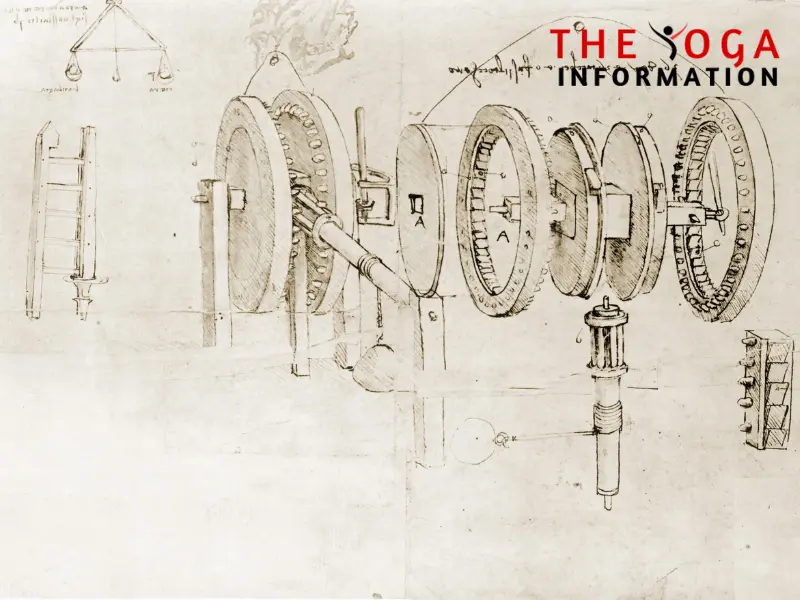
The Vedic Period, spanning from 1500 to 500 BCE, marks a significant era in the history of yoga. The Vedas, a collection of ancient sacred texts, provide some of the earliest references to yoga practices.
The Rig Veda, one of the oldest texts, contains hymns that mention meditative practices and spiritual disciplines. During this time, yoga was closely associated with the rituals and ceremonies of Vedic priests, who utilized meditative techniques to deepen their spiritual experiences.
The later Vedic texts, known as the Brahmanas and Upanishads, further elaborate on the concepts of meditation, breath control (pranayama), and sensory withdrawal (pratyahara). The Upanishads, in particular, offer profound philosophical insights into the nature of the self (Atman) and the ultimate reality (Brahman), which are central to the practice of yoga.
Pre-Classical Yoga
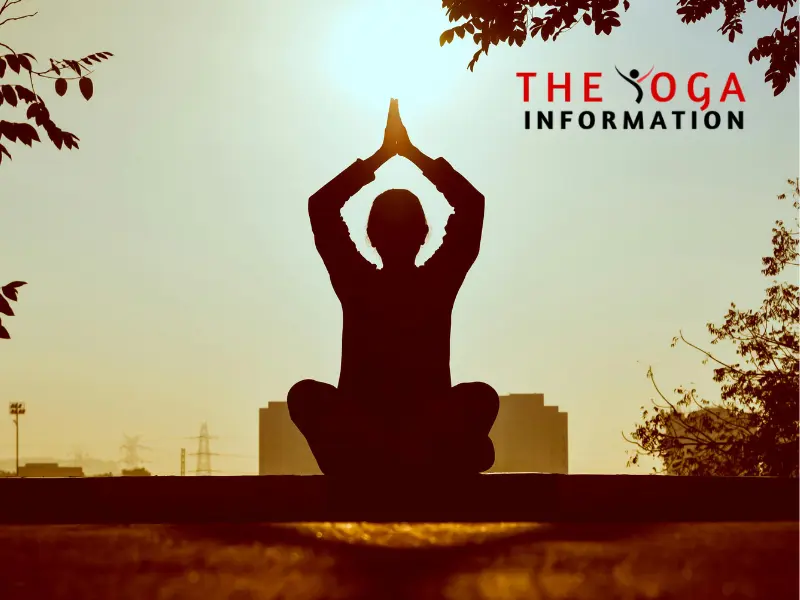
The Pre-Classical period, spanning from 500 BCE to 200 CE, saw significant developments in yoga practice and philosophy. The Upanishads continued to influence the spiritual landscape, emphasizing meditation and the pursuit of self-realization. The Katha Upanishad, for instance, describes the journey of the soul and the importance of inner knowledge.
One of the most important texts from this period is the Bhagavad Gita, a spiritual classic that is part of the Mahabharata epic. The Bhagavad Gita presents various paths of yoga, including Karma Yoga (the yoga of action), Bhakti Yoga (the yoga of devotion), and Jnana Yoga (the yoga of knowledge).
This text underscores the versatility of yoga, showing it as a comprehensive spiritual discipline adaptable to different temperaments and life situations
Classical Yoga
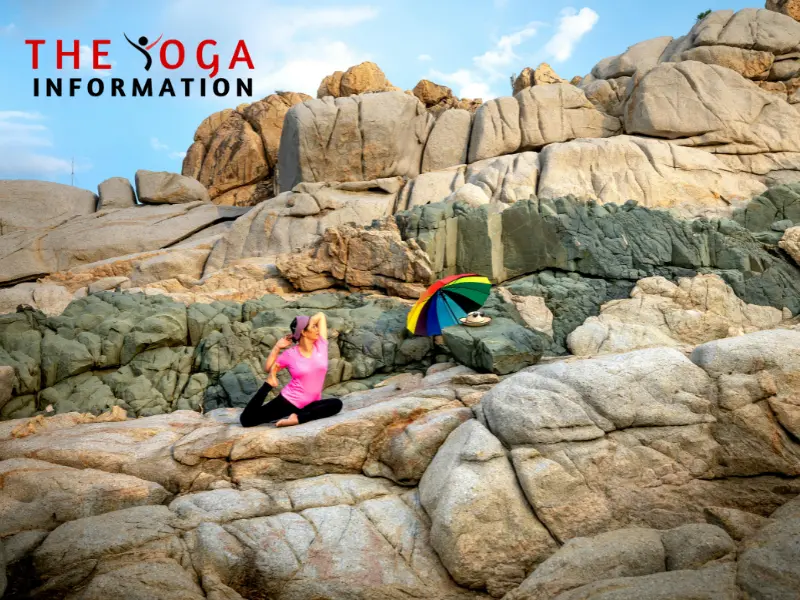
Classical Yoga, which emerged around 200 BCE to 500 CE, is characterized by the systematic codification of yoga practices and philosophy. This era is marked by the composition of the Yoga Sutras by the sage Patanjali.
The Yoga Sutras are a seminal text that systematizes yoga into an eight-limbed path known as Ashtanga Yoga. These eight limbs include ethical guidelines (Yamas and Niyamas), physical postures (Asanas), breath control (Pranayama), sensory withdrawal (Pratyahara), concentration (Dharana), meditation (Dhyana), and absorption (Samadhi).
Patanjali’s Yoga Sutras emphasize the control of mental fluctuations and the attainment of a meditative state of consciousness. This systematic approach transformed yoga into a science of the mind, focusing on achieving mental clarity and spiritual enlightenment.
Post-Classical Yoga
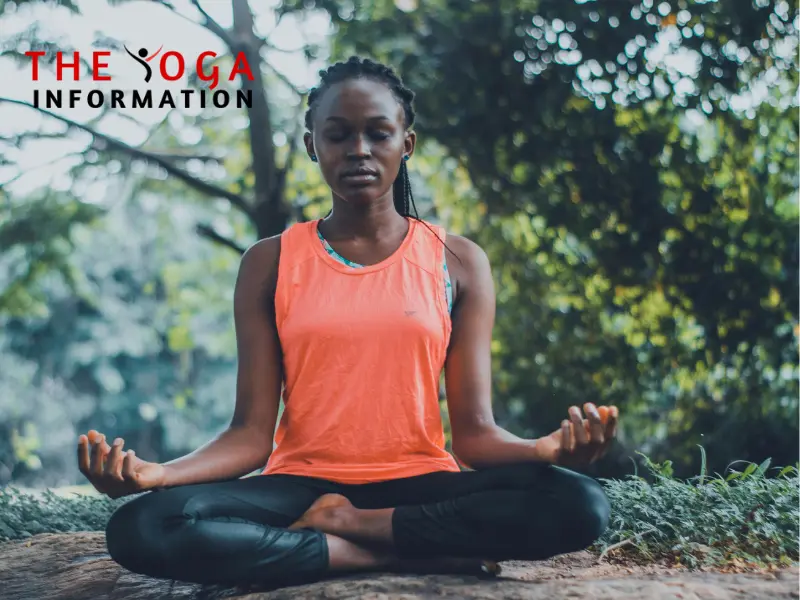
The Post-Classical period, from 500 CE to 1500 CE, saw the emergence of new yogic practices and schools of thought. This era was marked by the development of Tantra and Hatha Yoga. Tantric yoga introduced rituals and techniques designed to harness and channel spiritual energy, while Hatha Yoga focused on physical postures and breath control to purify the body and mind.
The Hatha Yoga Pradipika, a key text from this period, provides detailed instructions on asanas (postures) and pranayama (breath control). This period also witnessed the integration of yoga with various spiritual traditions, including Hinduism and Buddhism, each adopting and adapting yoga practices within their own frameworks.
Modern Yoga
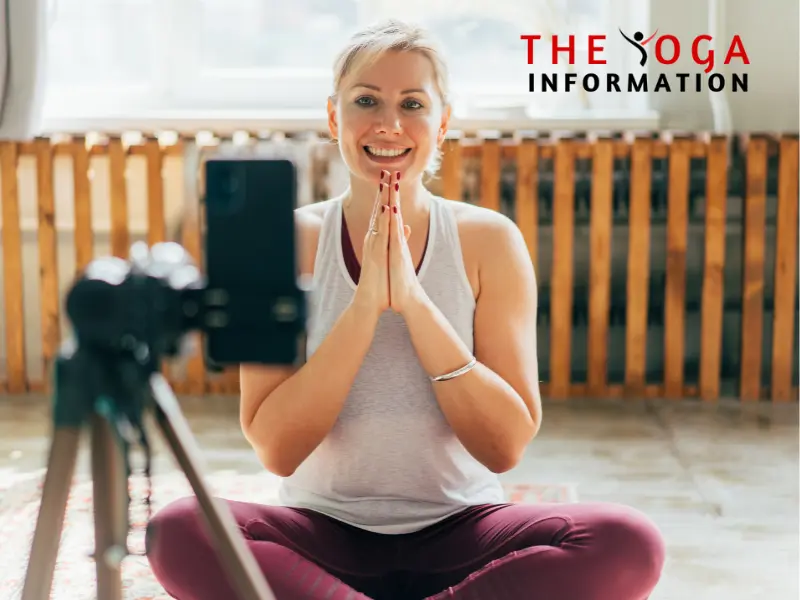
Modern Yoga, from the 1800s to the present, reflects the global spread and adaptation of yoga practices. In the late 19th and early 20th centuries, figures like Swami Vivekananda played a crucial role in introducing yoga to the Western world. Vivekananda’s teachings emphasized the spiritual and philosophical dimensions of yoga, making it accessible to a broader audience.
Hatha Yoga Revival
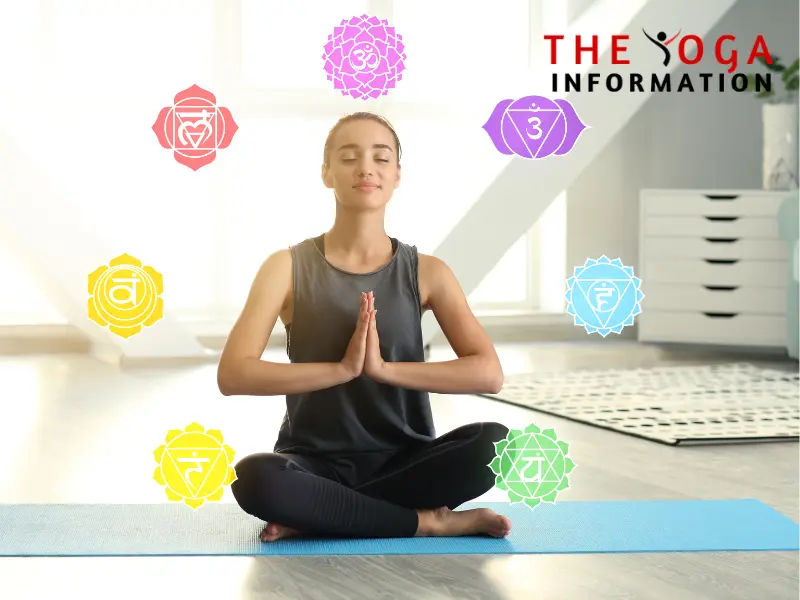
The 20th century witnessed a revival of Hatha Yoga, with teachers like T. Krishnamacharya, B.K.S. Iyengar, and Pattabhi Jois popularizing asana-based practices.
These modern masters adapted traditional practices to suit contemporary lifestyles, emphasizing physical health, flexibility, and stress relief. Krishnamacharya, often regarded as the father of modern yoga, trained many influential yoga teachers who further propagated his teachings.
B.K.S. Iyengar’s methodical approach to asanas and alignment, as documented in his book “Light on Yoga,” made yoga accessible to people of all ages and abilities. Pattabhi Jois developed the vigorous Ashtanga Vinyasa Yoga, which emphasized a dynamic flow of postures synchronized with breath.
